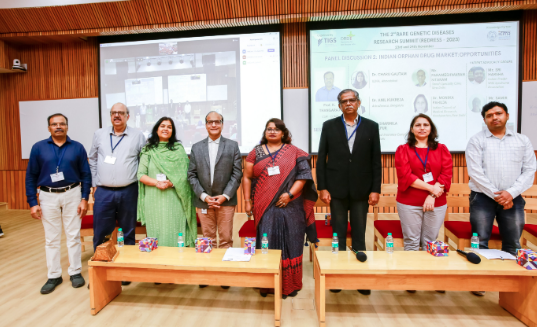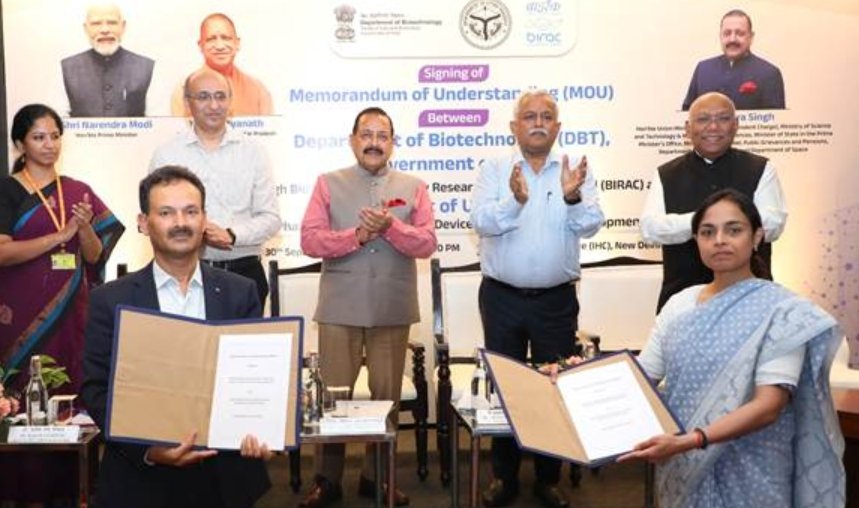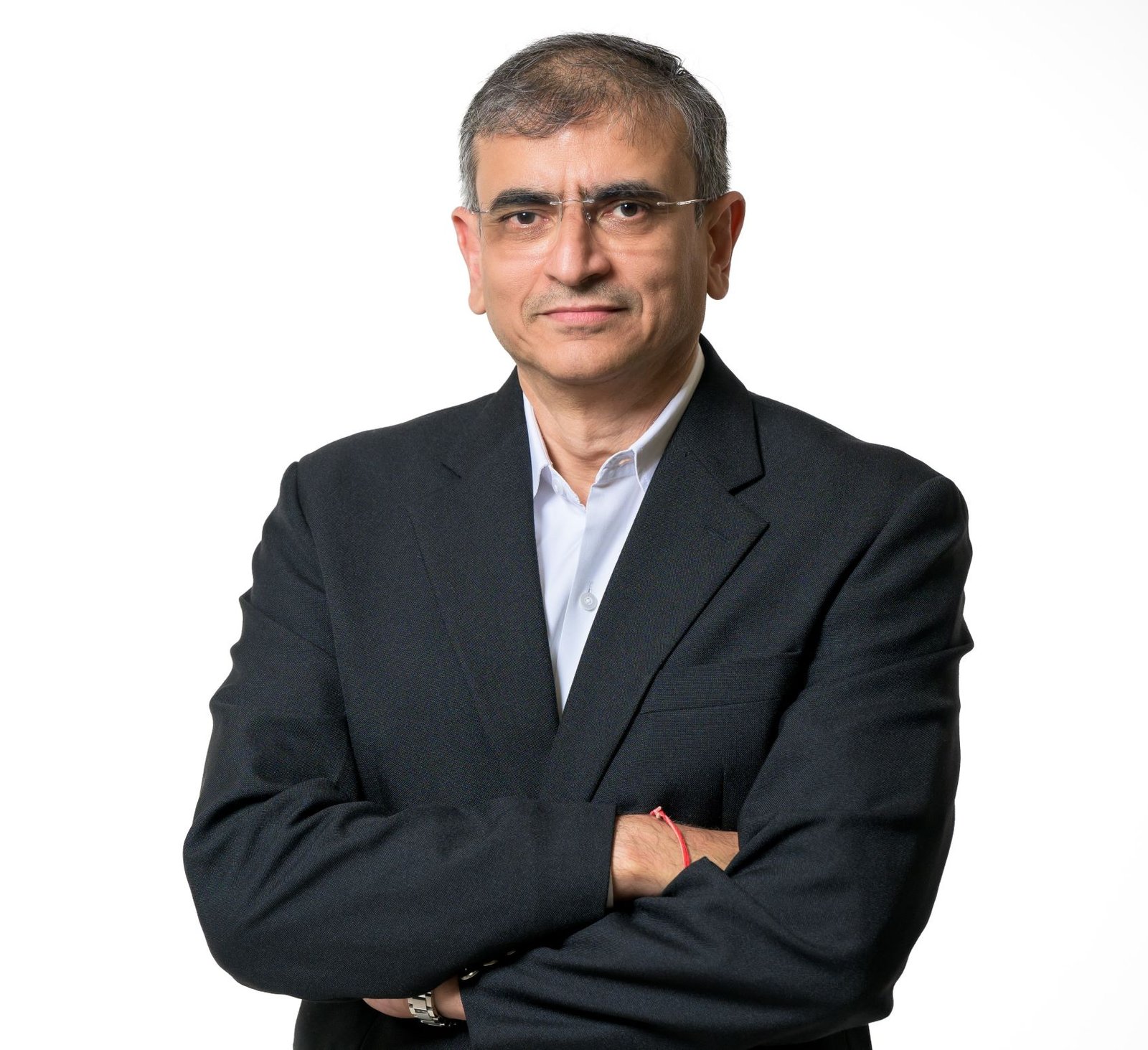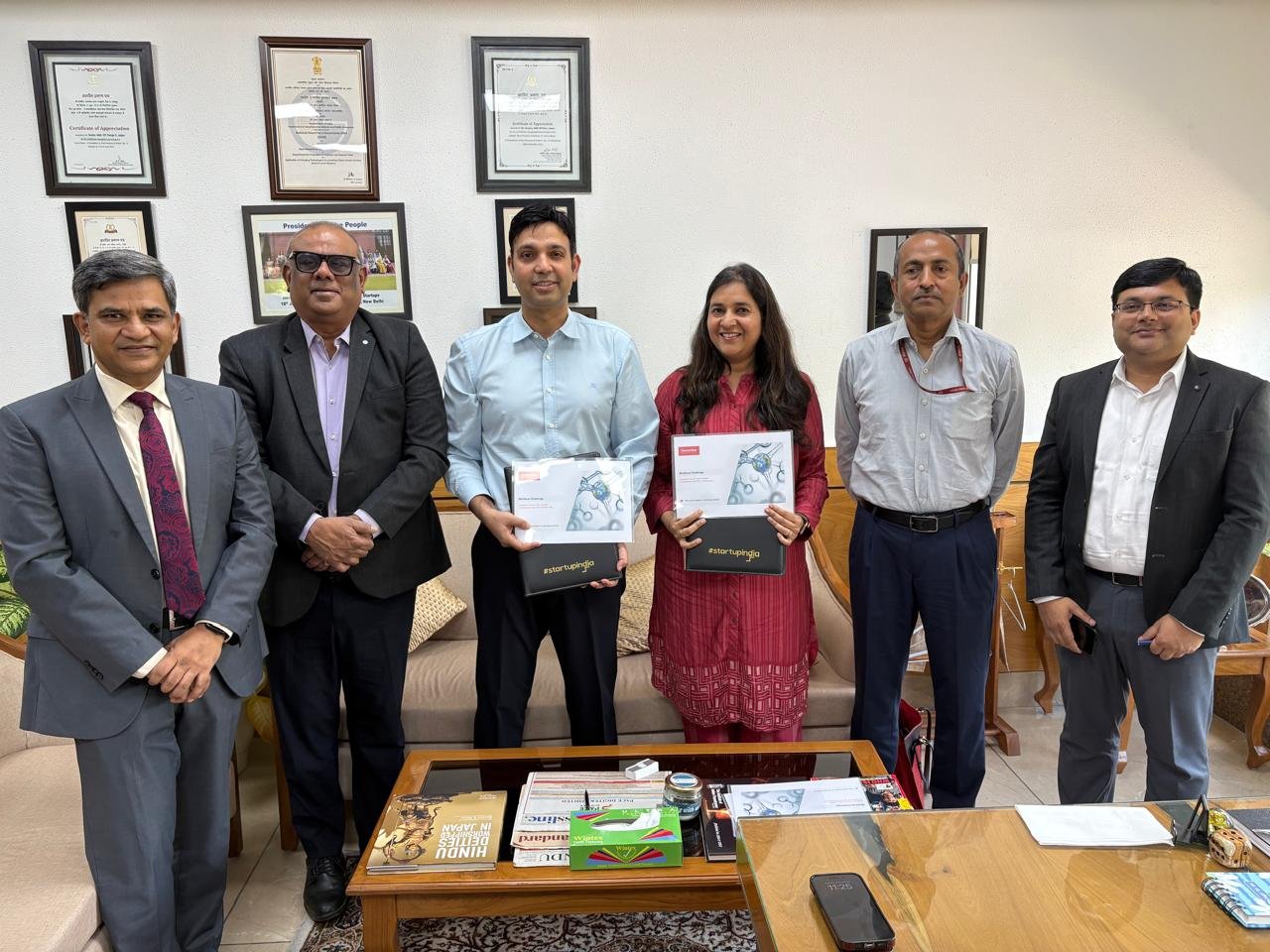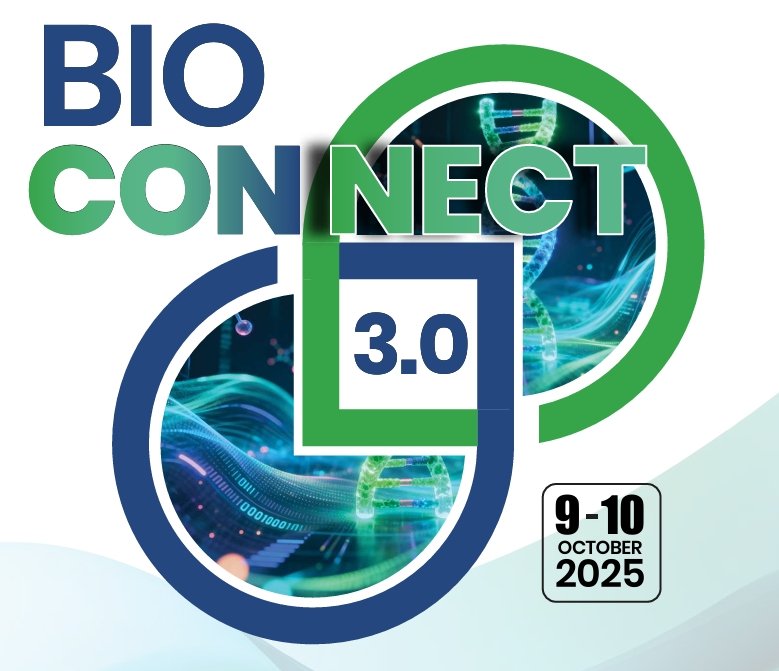Indian Orphan Drug Market: Opportunities
March 02, 2024 | Saturday | Features | By Saniya Mehraj, Shivranjani Moharir, V Rajesh Iyer
To offer definitive policies and assume accountability for subsidising pharmaceuticals targeting rare genetic diseases
With a similar commitment towards rare genetic disease (RGD) support, the theme of the REDRESS second day panel discussion was “ Indian Orphan Drug Market: Opportunities”. The session was chaired by Dr Thangaraj (CCMB, Hyderabad) and prominent panellists Dr Charu Gautam (IQVIA, Ahmedabad), Dr Anil Kukreja (AstraZeneca, Bengaluru), Sharmila Mulpur (National Insurance Company, Bengaluru), Parameshwaran Sitaram (Sanofi), Dr Monika Pahuja ( Indian Council of Medical Research, Headquarters, New Delhi), Samir Sethi ( Member, Indian Rett Syndrome Foundation), Sri Harsha (Indian Prader Willi Syndrome association).
One of the primary objectives of the panel session was to offer definitive policies and assume accountability for subsidising pharmaceuticals targeting rare genetic diseases. Globally, the orphan drug market was estimated to be $140,000 million in 2020, and $450,000 million in 2030. The one-time treatment costs for rare diseases range from several lakhs to crores, in Rs.
Given the emphasis on insurance expenditures during discussions, it was proposed that these expenses be structured to encompass all facets related to rare genetic diseases. Currently, some of the insurance policies cover the costs of clinical trials. However, since RGDs have genetic origin and are considered as ‘pre-existing’ conditions, several challenges are faced by the patients to cover their treatment costs under insurance. However, new borne with a genetic disorder is covered under insurance, post 90 days of birth, if the parents are covered under maternity policy. Currently, rheumatic and dental treatments are not covered under insurance policies in India. It was suggested to include these as the costs of treatment are exorbitant. There were comprehensive suggestions for addressing the needs of RGD patients by approaching insurance coverage for outpatient care. For instance, some patients with SMA need lifelong respiratory care, similarly, individuals with Gaucher’s disease need to cover expenses for blood transfusions etc. These coverages should be brought under the umbrella of insurance for RGDs.
Another important highlight of the discussion was centred around clinical trials in India for orphan drugs. The panel focused on the important regulatory requirements for biosimilar trials in India. Every life is precious and clinical trials should be formulated in India similar to the new Western policies of flexible trials. New designs that incorporate phase 0/1 trials into the spectrum of phase 2 can be accepted, thus skipping the need for separate clinical trials for each phase. Also, separate clinical trials for biosimilars need to be formulated to achieve effective approval for a new trial. It was suggested that a few of the regulations need to be considered to conduct clinical trials in India which include proof of efficacy similarity against the reference biological product, identification of risks associated with differences in biosimilars and the reference products. Furthermore, an insightful novel idea was put forward by the panel which suggested that instead of looking for the similarities in science, switch to the differences that can lead to resourceful identification of variations in assessing the genotoxicity and immunogenicity related to the drugs. Introducing drug repurposing through proper academic research and proof of concept can be aspired for efficient orphan drug development research.
Because of the low number of affected populations with RGDs, they have been recognised in the Orphan Drug Act which is formulated for drugs with a limited market. With the narrow market, drug manufacturers need some incentives to invest in this cause. Therefore, government of India need to formulate certain laws to boost the production of these drugs indigenously.
Another point of discussion was the possible challenges that can come across in developing therapies in the form of market challenges or small population sizes for RGDs. Even after developing therapies, the challenge of the market comes with high costs and with the idea of developing drugs for a small population, the industry interference is limited. This can be tackled by introducing smart acceleratory pathways from government funding and certain waivers for clinical trials. There is a need to look through a global perspective, and the stringent rules that hinder pharmaceutical companies from looking into RGD need to be amended.
Saniya Mehraj, Shivranjani Moharir, V Rajesh Iyer
Click here to read the next article on REDRESS 2023


